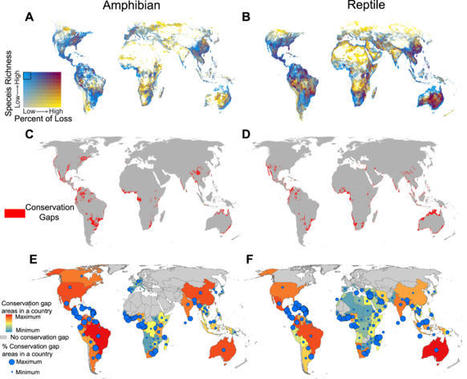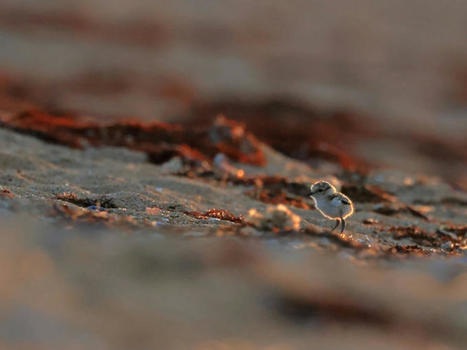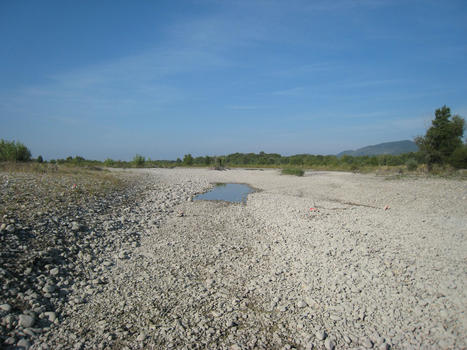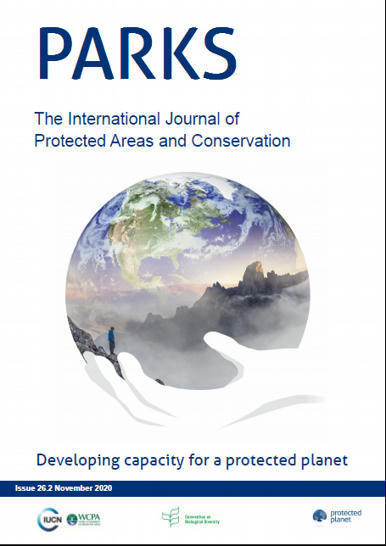Les précédents plans nationaux d’action ont permis d’atteindre le seuil de viabilité démographique du loup en France. La population de cette espèce protégée est en croissance dans plusieurs départements et le front de colonisation s’étend.
Research and publish the best content.
Get Started for FREE
Sign up with Facebook Sign up with X
I don't have a Facebook or a X account
Already have an account: Login
Revue de presse et du net par le Pôle de partage des connaissances S&T de l'Office français de la biodiversité
Curated by
DocBiodiv
 Your new post is loading... Your new post is loading...
 Your new post is loading... Your new post is loading...
|
|




















Lire le Plan National d'Actions 2024-2029